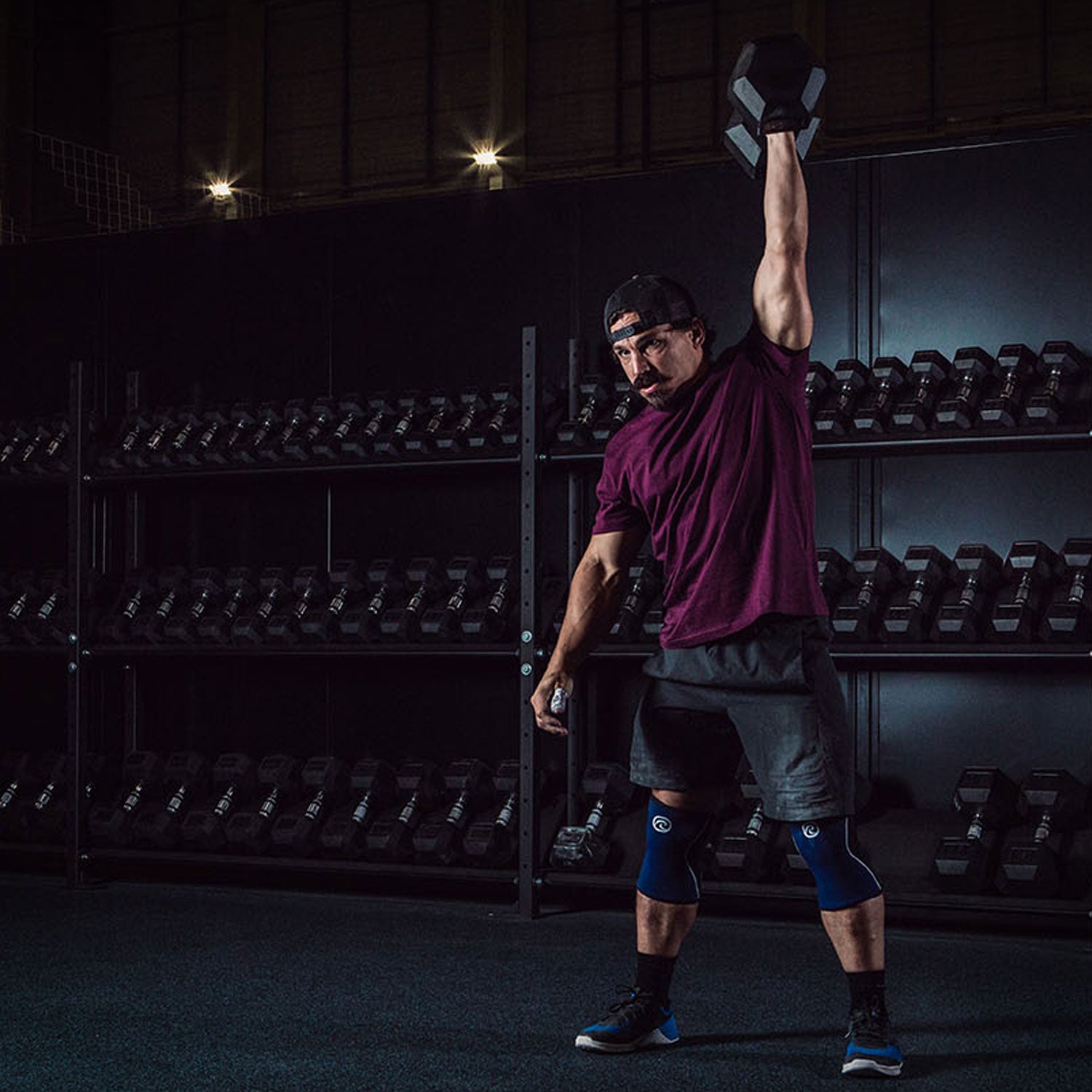General Back Pain
Back pain, particularly in the lower back, is a prevalent issue among athletes, affecting performance and overall well-being. This condition can result from a variety of factors, including overuse, injury, and poor biomechanics. The pain often presents as a localized discomfort in the lumbar region but can radiate to nearby areas such as the hips, glutes, and legs. Symptoms may vary significantly, athletes might experience a dull, persistent ache or acute, sharp pain that interferes with movement.
The duration of back pain can also vary. It may last for several days to weeks, sometimes alternating with periods of relief. Persistent pain that disrupts sleep or is accompanied by fatigue warrants immediate medical evaluation, as it could indicate more serious underlying issues.
Several causes contribute to the onset of lower back pain in athletes. Overuse injuries are common, often resulting from repetitive motions associated with sports, such as running, jumping, or twisting. Poor lifting techniques, particularly in strength training, can place undue stress on the lumbar spine. Additionally, muscle imbalances - where certain muscle groups are stronger or tighter than their opposing groups - can lead to improper posture and mechanics during activities. Traumatic injuries, such as falls or collisions, can also result in acute back pain.
Manage Back Pain effectively
Effective treatment for back pain typically involves a multidisciplinary approach. Initially, rest and the application of ice can help alleviate acute pain and reduce inflammation. Over-the-counter pain relievers, such as NSAIDs, can also provide symptom relief. Physical therapy is crucial for long-term recovery, focusing on strengthening the core and back muscles, enhancing flexibility, and correcting any biomechanical issues. In cases where pain is severe or persistent, healthcare providers may consider corticosteroid injections to reduce inflammation and pain.
Prevention is key in managing back pain for athletes. Regular strength training and stretching exercises are essential for maintaining spinal health and preventing injuries. Athletes should also prioritize proper warm-up routines to prepare their muscles and joints for activity. Ergonomic adjustments during training, such as using correct lifting techniques and maintaining good posture, can further reduce the risk of injury. Staying well-hydrated and maintaining a healthy body weight can also support spinal health and overall performance.
In conclusion, while lower back pain is a common challenge for athletes, understanding its multifaceted causes, recognizing symptoms early, and implementing effective treatment strategies can significantly improve recovery and performance.

